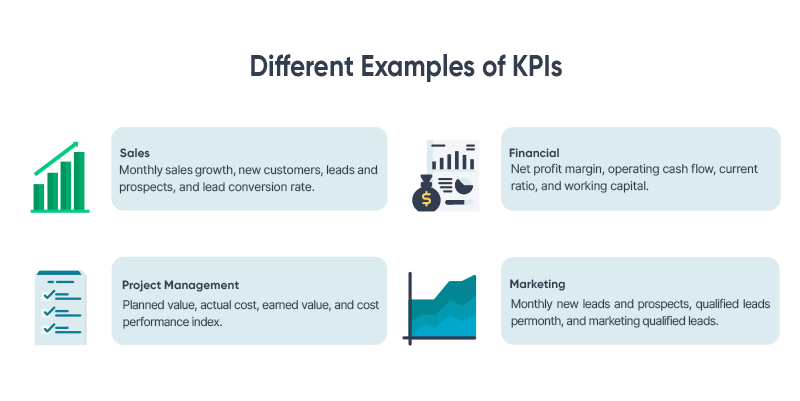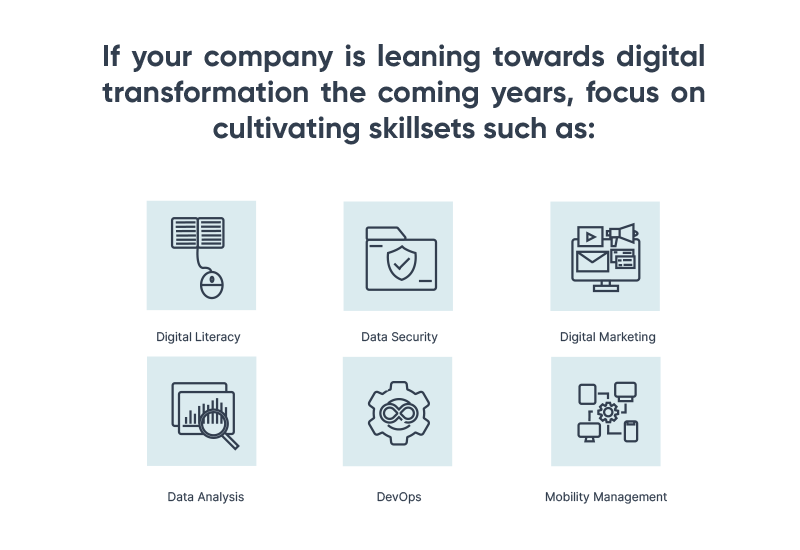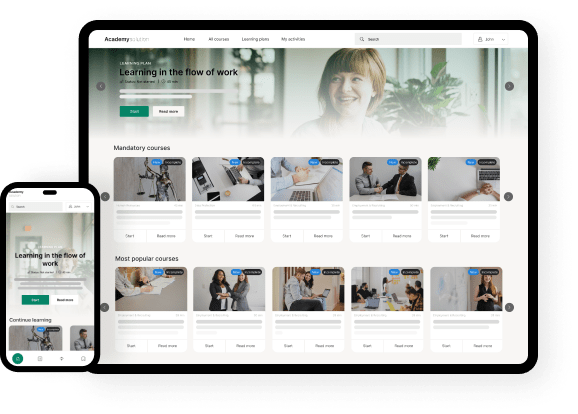Knowing how to define and measure employee core competencies is vital to improving organizational efficiency. Therefore, companies must invest in professional competency development. However, managing professional competencies will require a rigorous competency development plan. Good thing, you can create a successful competency framework by simply following these five simple tips:
Make an Employee Competency Checklist
Before you can lay down any proposal for competency development, it’s important to first figure out which specific competencies to leverage. You can do this by simply creating a checklist of relevant skills required to perform particular roles. Remember to differentiate personal competencies from professional competencies.
While we define competencies as a set of knowledge, skills, judgment, and attributes that people need to perform a job effectively, they fall into two basic types:
Personal competencies (e.g. self-awareness and self-management) are soft skills determined by our basic human qualities, attitudes, and experiences.
On the other hand, professional competencies or hard skills are unique qualifications one gains through education, job experiences, or volunteer work.
Select Core Competencies that Match Your Corporate Goals
Effective goal setting is key to a sound business strategy. In fact, having clear goals and strategies can lead to higher success. Existing competencies and skills that don’t match with your organization’s long-term goals may lead your company to a different path. To avoid this mistake, make sure to determine where your business is headed to.
Remember that individual competencies are only relevant if they reflect corporate goals and objectives. And having a successful competency development framework requires determining your company’s mission and vision.
Look for Current Competency or Skill Gaps
Skill gaps will always be present in any given workplace. There are times that you wouldn’t even realize they exist. But what are competency or skill gaps anyway?
There’s no exact definition of what skill gaps are, but generally, they are deficiencies in performance due to lack of organizational skills or development. That’s where a competency development plan comes in handy. You can use it to bridge these gaps and mitigate their effects on your business.
One way to identify such gaps is to take a closer look at your employees’ performance. As you carefully observe their performance, start gathering data and search for possible root causes. As regards data gathering, here are some tools or approaches you can use:
Employee Assessment
Providing an employee assessment is a traditional way of identifying competency gaps in your workplace. You can do this by simply giving tests and quizzes which can be digital (via LMS) or printed. If you want to level up your assessment process, you can provide concrete, action-oriented tasks to measure both their theoretical and practical knowledge.
However, this type of assessment should be conducted in a “laboratory” condition and not during normal work time. Employees can get used to a laboratory setting that they become confused when asked to apply such competencies in real life situations. So, make sure to use this type of assessment occasionally to avoid such confusion.
Key Performance Indicators
It’s not unusual for businesses to have Key Performance Indicators. (KPIs) But KPIs are not just key factors in determining career progression, they are also key indicators of competency gaps.
Key Performance Indicators are quantifiable elements that help gauge whether your company is meeting its objectives.

Source: Different examples of KPI’s
360-Degree Feedback
A 360-degree feedback is a process in which employees receive confidential and anonymous feedback from their co-workers. This kind of feedback is typically solicited from peers, supervisors, or managers.
Administrators use this approach to gather information about an individual and collect responses regarding performance issues among their staff. The simplest, yet most efficient way to use a 360-degree feedback is through surveys. However, there are limitations when it comes to its usage. Nonetheless, they are easier to create and deploy.
Ask Why You Need to Invest in Competency Development
This might sound odd but asking why you need to invest in competency development is critical to any business decision. Why? Because every company has unique needs and paths. Investments are not only an expression of an analytic-rational strategy, they can also be a conscious response to growing trends. In other words, if you wish to have a competency development program, it’s important to clarify your purpose. But how?
In a study, Per-Erik Ellström and Henrik Kock suggested using three theoretical perspectives to define the purpose of competency development initiatives:
Technological-Functional
In a technological-functional perspective, there’s an assumption of a mismatch between the demand for and supply of qualifications in the company’s internal labor market. This mismatch arises from internal and external changes such as an altered competition scenario or technical and organizational changes in business operations.
The decision to invest in a certain form of competence development is based on its perceived benefits in addressing such organizational changes.
Conflict-Control
To understand this perspective, it’s crucial to understand “conflict” in this context. Conflict, according to Ellstrom and Kock, is a “political process” characterized by struggle, and activities within an organization can be best understood in light of this political conflict or struggle. An organization is perceived as an “arena” of actors and parties with conflicting ideologies.
Competence development can be a tool to help address “conflict” and a means of complementing other technological or bureaucratic forms of control.
Institutional Perspective
Through this perspective, competency development is determined not primarily by rational analysis based on the goals or tasks of the organization, but by institutionalized ideas on what should characterize modern and efficient organizations.
Your company’s decision to develop competencies is based on the desire to move toward institutional legitimacy. Doing this means adapting to trends and modernity. Partaking in competency development is more of a “symbolic” arrangement which communicates values the organization promotes.
Validate and Revise Competencies as Much as Possible
Now that you’ve identified specific employee competencies and judged them based on their significance, the last thing you should do is to validate them and find necessary revisions. To do this, ask these sample questions:
- Do well-performing employees demonstrate these competencies?
- Are those who don’t demonstrate this competency ineffective in their respective roles?
- Is this behavior relevant and necessary for effective work performance?
- How often do employees exemplify these competencies?
You should now be able to make a consensus on your company’s role-based competencies and decide which ones to focus on as you move forward with your development program.
It’s also important to note that these initiatives should not only come from the HR staff. Understanding the complexity of competency development, every employee should be actively involved.
Modernize Your Competency Development program with Cursum
By following these tips, you can come up with a standardized approach to your competency development plan—a framework that is clear and realistic. If you have a perfect outline of what employees need to possess to be productive, it will be easier for you to justify and initiate the program you wish to establish.
Having someone with the right expertise to help you find strategic ways to augment professional competencies will be beneficial for you. We at Cursum can provide you with the perfect solution to modernize your approach and change the way you look at competency development.



